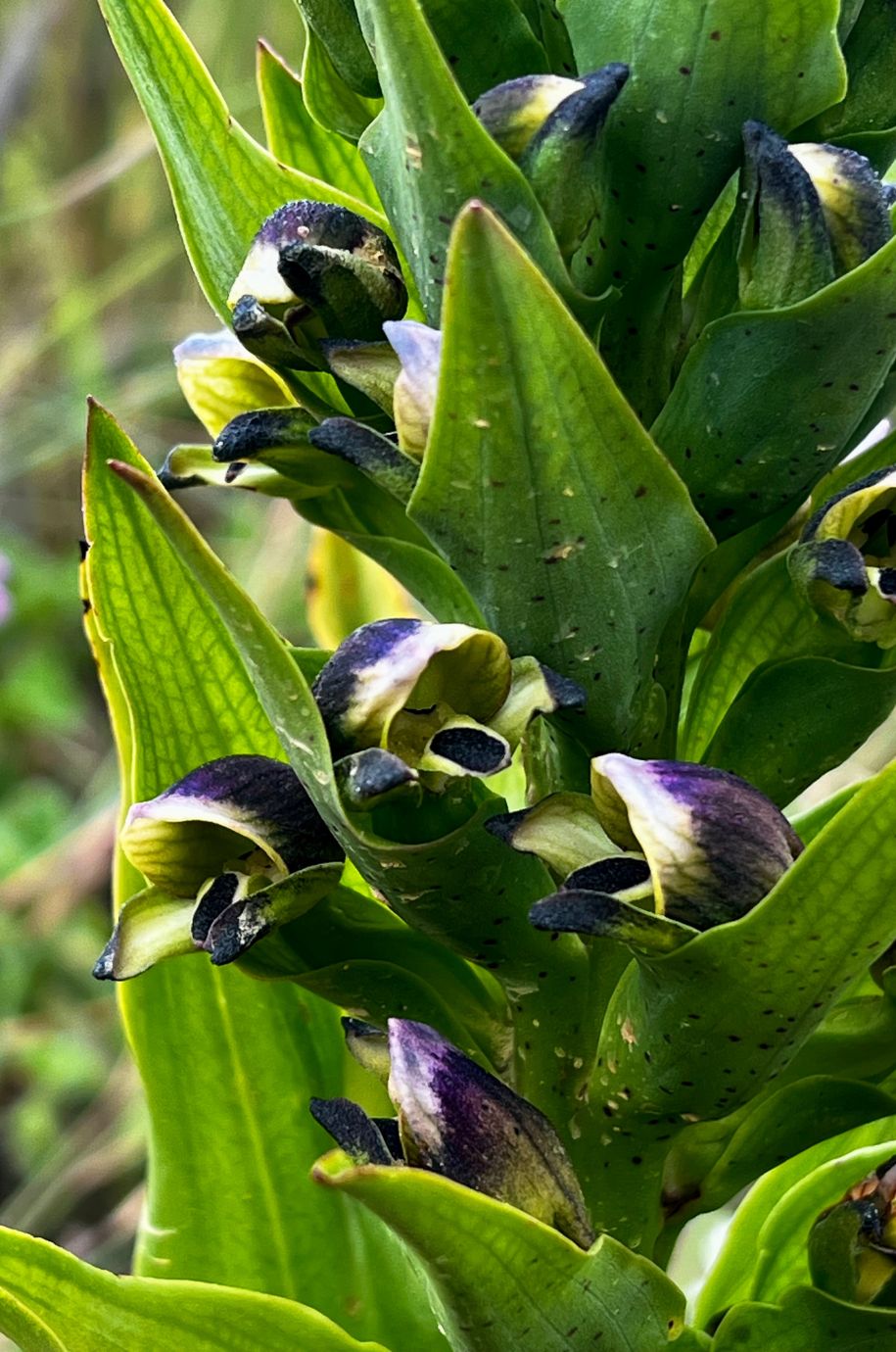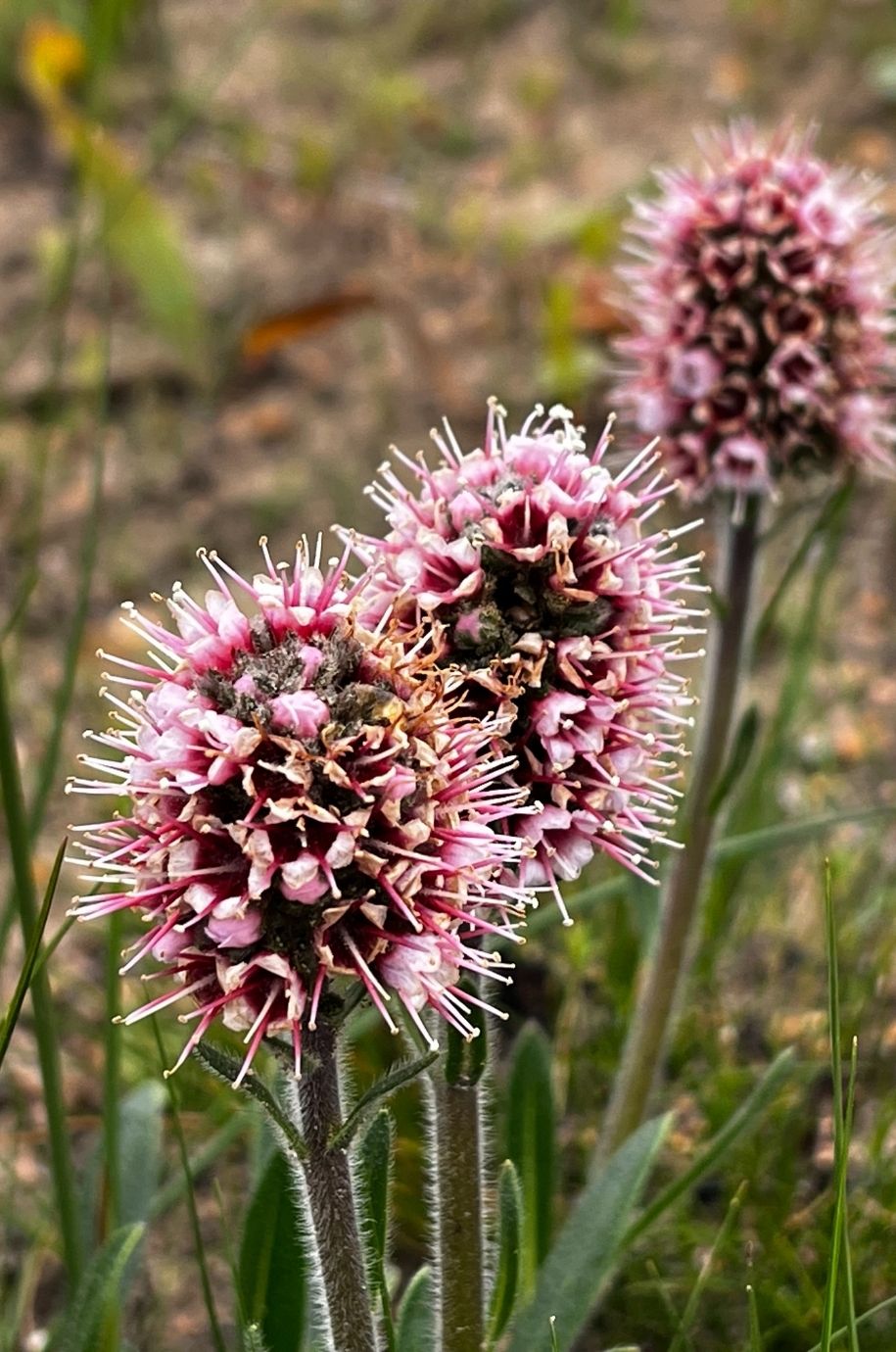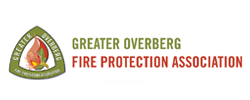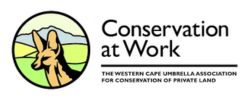Promoting conservation through partnerships
In the mid-1990s, a group of concerned land custodians in the Walker Bay area, near Gansbaai and Stanford in the Western Cape of South Africa, recognised that they were facing similar threats to their properties.
Despite being home to incredible biodiversity, they contended with issues such as invasive alien plants, frequent wildfires, irresponsible developments and new agricultural practices. Understanding that nature does not adhere to property boundaries, these land custodians realised that by working together, they could better manage and protect this special natural world.
Today, the Walker Bay Fynbos Conservancy has expanded to include 50 land custodians and includes over 23,000 hectares of land.
In 1999, this collective vision led to the establishment of the Walker Bay Fynbos Conservancy. Initially formed by 11 land custodians, the conservancy was founded with the signing of a Constitution and the establishment of a Trust.
This pioneering effort aimed to address the growing environmental challenges and protect the region’s unique biodiversity.
This collaborative conservation effort has successfully maintained a continuous corridor stretching from CapeNature’s Walker Bay Nature Reserve in the west to Uilkraalsmond Nature Reserve in the east, providing essential habitat connectivity for the region’s rich fauna and flora.
Our mission
The conservancy’s mission is to promote the conservation of the natural and cultural diversity of the Cape Floral Kingdom within the Walker Bay area through cooperative partnerships. Key objectives include:
- To promote the conservation of indigenous plants and animals, their biological communities, as well as landscapes and cultural heritage sites.
- To cooperate with authorities in respect of the management of the conservancy.
- To raise funds for the activities of the organisation.
- To engender a conservation ethic in local communities.
- To participate in educational and social upliftment of the surrounding communities.
- To encourage community involvement and promote job creation.
- To ensure wise management of the entire area as a role model for other conservation organisations in the Western Cape Province.
- To institute all of the above objectives according to this management plan.


Today, the Walker Bay Fynbos Conservancy is home to 27 large mammal species, 1,551 plant species and numerous reptiles and amphibians. The conservancy’s latest initiative focuses on the monitoring and research of insect species, further expanding our understanding of this remarkable ecosystem.
What sets the Walker Bay Fynbos Conservancy apart is the diversity of land use within its boundaries, ranging from lifestyle farms, private conservation lands, ecotourism ventures, viticulture and traditional agriculture. Every landowner plays a crucial role in the stewardship of this globally significant region, contributing to the preservation of some of the richest biodiversity in the world.

Species name

Species name

Trithemis arteriosa (©corriedt)

Species name

Species name

Species name
A step further – for nature
In 2019, recognising the need for even stronger protection, members of the conservancy began exploring the possibility of establishing a protected environment. This status, officially proclaimed in 2022, ensures that key biodiversity areas within the conservancy are formally gazetted as conservation areas in perpetuity. This formal recognition of protection plays a significant role in meeting national biodiversity targets, aligning with the Global Biodiversity Framework (GBF).
hectares
Today, 12,500 hectares of the conservancy are either proclaimed private nature reserves or form part of the Walker Bay Protected Environment – a testament to the land custodians’ commitment to conservation that extends beyond their lifetimes.
Thank you to our photographers
Thank you to all of our members, friends, iNaturalist users and partners who contributed photographs used on this site, with special thanks to Jeanne van Tonder, Mike Fabricius, Gareth Williams, Grootbos Foundation, The Fynbos Trail, and Heather D’Alton and Tina Vlok (LoveGreen Communications).
Our conservation partners














